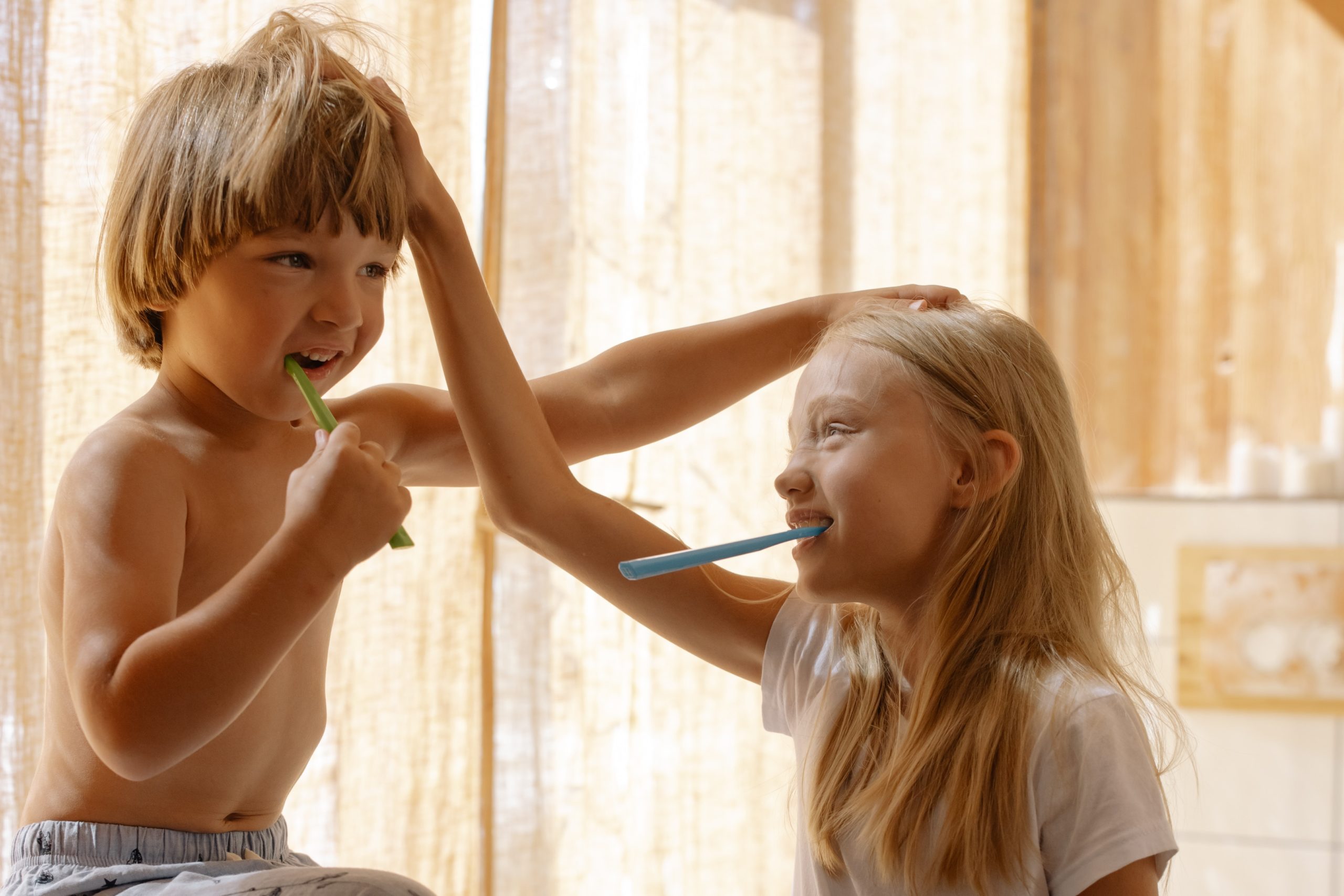
Are You Brushing Your Teeth Correctly?
Daily brushing is the key to keeping your teeth clean and healthy. Brushing your teeth removes the bacteria and plaque that form continuously between the teeth and around the gum-line causing cavities, tooth decay and gum disease. While most people recognise the importance of brushing their teeth every day, what often gets overlooked is the ‘how to’. As any dentist will tell you, how long you brush your teeth and the technique you use are just as important as the frequency. Using the right toothbrush matters too.
Here’s what you should know about brushing your teeth and the right way to do it to protect your teeth from decay and disease.
This Is How Much Time You Should Spend Brushing Your Teeth
Dental experts recommend spending at least two minutes brushing your teeth in the morning and two minutes at night to get the maximum benefits. That’s about 30 seconds on each quarter of your mouth to ensure that all your teeth get equal attention.
Not sure if you’re meeting this 2-minute minimum? Set a time or stopwatch the next time to determine exactly how much time you spend brushing your teeth.
This Is The Correct Technique To Use
Yes, there is a right and a wrong way to brush your teeth. The right way will get rid of the bacteria and plaque while also protecting your teeth enamel. The wrong way will lead to premature enamel abrasion, tooth decay and sensitivity, and gum recession.
This is the correct brushing technique:
Step 1: Tilt your toothbrush at a 45-degree angle and gently brush the outer surfaces of your upper and lower teeth and against the gumline to dislodge trapped food particles. When brushing, use short, tooth-wide strokes, brushing downwards to clean the upper teeth and upper gumline, and upwards to clean the lower teeth and lower gumline. Keep movements gentle and deliberate at all times. Brushing roughly using too much pressure can erode the protective enamel layer and hurt your gums.
Step 2: Brush the chewing surfaces of your teeth, paying special attention to your premolars and molars. Food particles tend to get trapped easily on the broad indented surfaces of these teeth and will stay there if not removed by brushing.
Step 3: Brush the inner surfaces of your teeth, holding your toothbrush at a 45-degree angle and using gentle up-and-down strokes. The inner surfaces of the teeth are just as susceptible to bacteria and plaque as the outer surfaces and must be brushed every day to stay decay-free.
Step 4: Brush your tongue using slow gentle strokes to remove any bacteria that cause bad odor if left on the tongue too long.
Use The Right Toothbrush And Know When To Replace It
When shopping for a toothbrush, don’t get overwhelmed by all the hype and the hundreds of varieties that are available. All you need to keep your teeth clean, healthy, and damage-free is a soft-bristled toothbrush with a fairly small head and a flexible neck.
The soft bristles will clean your teeth without damaging the protective enamel or causing your gums to bleed. The smaller-sized head and flexible neck will ensure that the brush reaches all areas of your mouth for a thorough cleaning.
If you’re confused by all the choices out there, speak to one of our dentists at Springfield or Richlands at your next appointment. They will help you make the best choice for your needs.
When should you replace your toothbrush? Ideally you should replace your toothbrush every three to four months. Replace it earlier if it begins to show signs of wear and tear before 3 months. Dentists also advise changing your toothbrush after recovering from any illness to avoid getting re-infected by the germs that may be lodged in the bristles.
